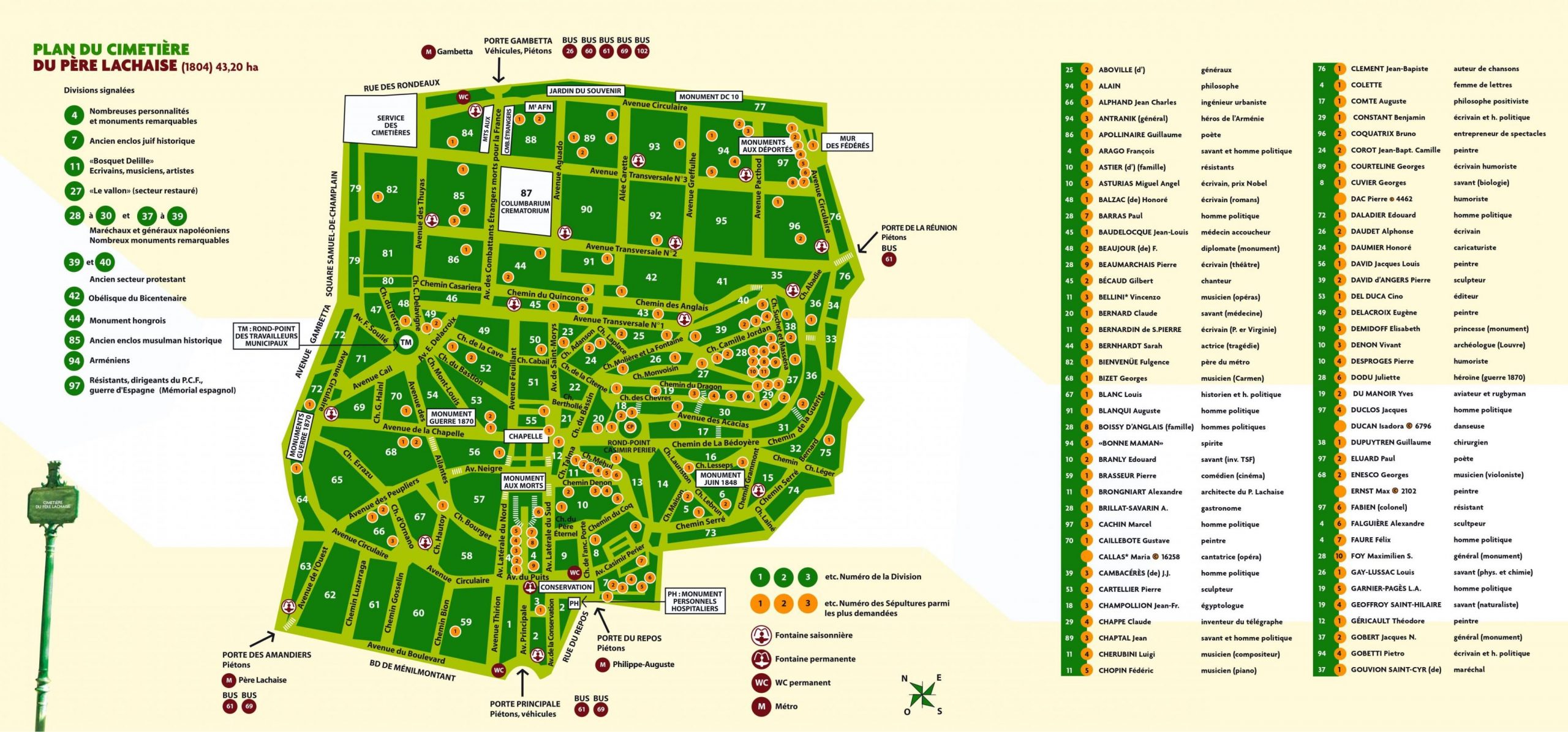Camille Corot
Fun Facts
Corot was an early advocate of painting en plein air, working with his easel on location in order to capture his first emotional response to a particular scene or setting. This was a technique later made famous by Impressionist painters such as Monet, as well as by Corot’s pupils Camille Pissarro and Berthe Morisot.
On May 15, 2012 the oil painting Le Vallon des Chevres (Souvenir du Lac de Garde), circa 1872 by Jean-Baptiste-Camille Corot (French, 1796-1875) sold at auction of $110,500,000.
Cemetery Information:
Final Resting Place:
Cimetière du Père Lachaise
16 Rue du Repos, 6ème division, Chemin Lesseps
Paris, , 75020
France
Europe
Map:

Grave Location:
Division 24Grave Location Description
The great artist Camille Corot is buried in the center of Paris’s largest cemetery in Division 24 on the road. Look for the intersection Chemin Adanson and Chemin Laplace and then walk down Chemin Laplace about 50 feet and the large bust and sepulcher of Corot will be on your right.





